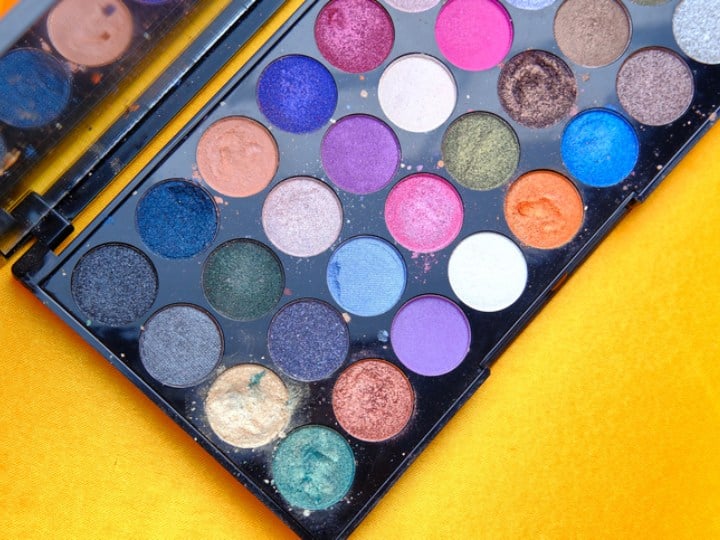Sunscreen testing to assess UV filter composition and quantity, presence of allergens, photostability, and preservative efficacy, enabling manufacturers to comply with regulatory standards while promoting consumer trust in sun protection products.
Sunscreen testing is crucial to ensure the safety and efficacy of sun protection products, safeguarding consumers from harmful UV exposure while promoting skin health. Rigorous sunscreen product testing helps manufacturers meet regulatory standards, providing confidence in their formulations and fostering trust among consumers.
Analysis and quantification of UV filters
Sunscreens protect the skin by using active ingredients, either inorganic (e.g., titanium dioxide, zinc oxide) or organic (e.g., oxybenzone, octocrylene), that absorb, reflect, or scatter UV rays. The types of approved UV filters vary by region, with regulatory bodies like the US FDA, Health Canada, the European Commission, and Australia's TGA approving between 16 and 31 active ingredients for sunscreen use.
Our team performs precise determination of active species such as inorganic filters such as titanium or zinc oxide using inductively coupled plasma–mass spectrometry methods and a range of chromatography techniques to determine levels of organic UV filters. Innovators can use this information to confirm the presence, identity and amount of the active ingredients present – critical data for regulatory compliance and labelling requirements. For organic UV filters, we provide accurate analysis to determine the levels of benzophenone-3 (BZ3), Isoamyl p-methoxycinnamate (IMC), 4-methylbenzylidene camphor (MBC), diethylamino hydroxybenzoyl hexyl benzoate (DHHB), octocrylene (OCR), ethylhexyl dimethyl PABA (EHDP), bbutyl methoxydibenzoylmethane (Avobenzone or BMDM), ethylhexyl methoxycinnamate (EHMC), ethylhexyl salicylate (EHS), diethylhexyl butamido triazone (DEBT) and more.
Characterisation of nanoparticulate UV filters
Nanoparticulate UV filters, such as titanium dioxide and zinc oxide, have gained widespread use in sunscreens due to their improved cosmetic appeal and enhanced UV protection. Regional regulatory bodies (e.g., US or EU) require labelling (with 'nano') and safety assessments for nanomaterials, particularly for ingredients such as UV filters. To support compliance and product safety, our scientists use key analytical techniques such as Scanning Electron Microscopy (SEM/EDAX) for morphology and elemental analysis, Powder X-ray Diffraction (XRD) for crystallinity and size, Dynamic Light Scattering (DLS) for nanoparticle sizing, and ICP-MS/OES for trace metal and nanoactive quantification to ensure a good understanding of nanoparticles in your sunscreen formulations.
Stability and photostability of sunscreen
Cosmetic product stability ensures that products maintain their functionality, safety, and aesthetics throughout the shelf life of sunscreen products under various storage and use conditions, meeting global regulatory requirements such as EU Regulation (EC) No. 1223/2009. We utilise accelerated and real-time testing to assess the physical, chemical, and microbiological stability of products, with protocols tailored to each product type and specific factors such as temperature, light exposure, packaging compatibility, and active ingredient integrity.
Evaluating the photostability of sunscreen is important as some can degrade when exposed to light. Our team compare the quality of the sample before and after exposure to UV light to help evaluate the photostability of the sunscreen.
Preservative efficacy testing (PET) for sunscreen cosmetics
Our laboratory conducts preservative efficacy testing by the ISO 11930 standard. This process involves exposing products to key microorganisms, such as E. coli, S. aureus, and C. albicans, to verify the effectiveness of the preservative. Insights from these studies can help you evaluate a product's ability to resist microbial growth during its shelf life and use.
SPF Testing
There is an expectation to demonstrate the effectiveness of your sunscreens. Our clinical team in China performs a range of human volunteer testing and in vitro sun protection factor (SPF) testing. Companies should select the most suitable test method for their formulations and continue to build and document a dossier of data that supports the final SPF and UVA protection labelled on the pack. This may include the need for a clinical study to be performed.
Your suncreen testing partner
From formulation to compliance, we can support your sunscreen development through precise and efficient product testing and assurance expertise. Our LaCoMeD laboratory can help you meet evolving regulatory requirements and ensure safer, compliant products that consumers will love. Contact our experts now to discover how our sunscreen testing expertise can help you bring effective product to market more efficiently.

